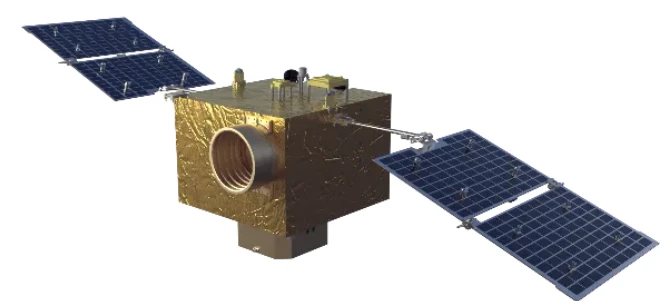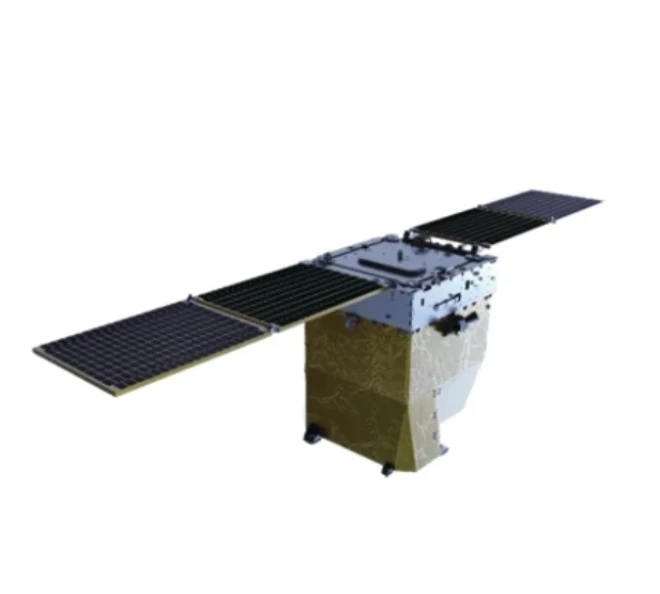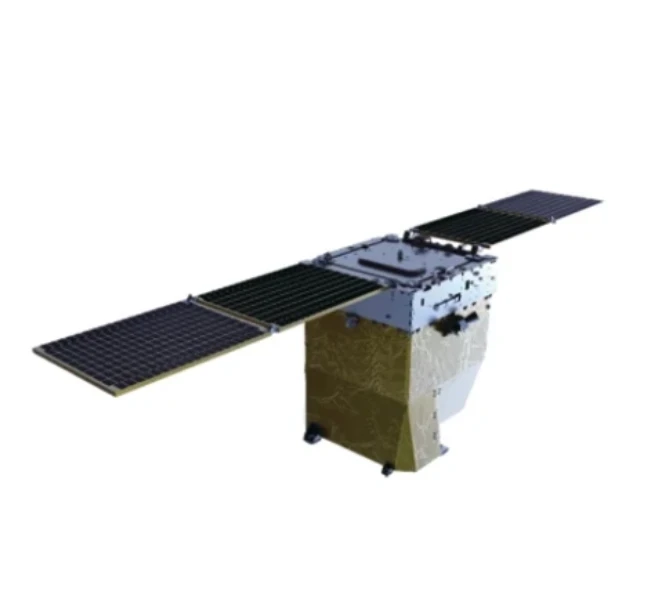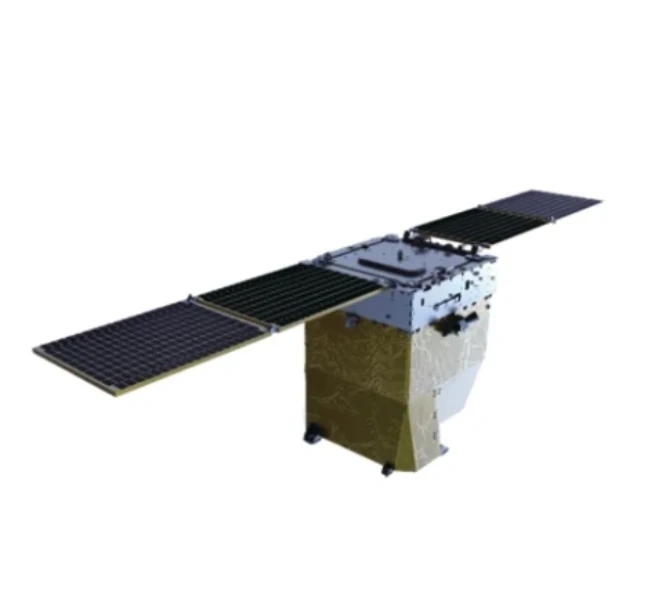
- afrykanin
- albański
- amharski
- arabski
- ormiański
- azerbejdżański
- baskijski
- Białoruski
- bengalski
- bośniacki
- bułgarski
- Kataloński
- Cebuański
- Chiny
- Korsykański
- chorwacki
- czeski
- duński
- Holenderski
- angielski
- esperanto
- estoński
- fiński
- francuski
- fryzyjski
- Galicyjski
- gruziński
- niemiecki
- grecki
- Gudżarati
- kreolski haitański
- hausański
- hawajski
- hebrajski
- NIE
- Miao
- węgierski
- islandzki
- ibo
- indonezyjski
- irlandzki
- włoski
- japoński
- jawajski
- kannadajski
- kazachski
- khmerski
- Rwandyjski
- koreański
- kurdyjski
- Kirgiski
- Praca
- łacina
- łotewski
- litewski
- luksemburski
- Macedoński
- malgaski
- malajski
- Malajalam
- maltański
- Maoryski
- Marathi
- mongolski
- Myanmar
- Nepalski
- norweski
- norweski
- oksytański
- paszto
- perski
- Polski
- portugalski
- Pendżabski
- rumuński
- rosyjski
- Samoański
- szkocki gaelicki
- serbski
- angielski
- Szona
- Sindhi
- syngaleski
- słowacki
- słoweński
- Somali
- hiszpański
- Sundajski
- suahili
- szwedzki
- tagalski
- tadżycki
- Tamil
- Tatar
- teluguski
- tajski
- turecki
- Turkmeński
- ukraiński
- Urdu
- Ujgurski
- uzbecki
- wietnamski
- walijski
- Pomoc
- jidysz
- Joruba
- Zulus
aktualności
The Key Role of Satellite Platforms in Military Operations and Space Exploration
As a crystallization of human technological progress, satellite platforms have become an indispensable and important component of modern military operations and space exploration. They overlook the whole world from a high altitude, possess unique perspectives and powerful functions, profoundly influencing the form of war and human understanding of the universe.
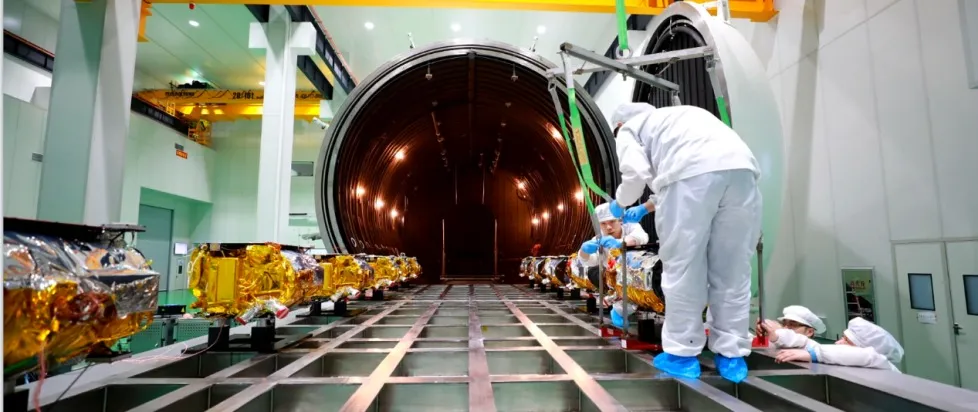
In the military field, satellite platforms play a crucial role
Firstly, they provide crucial intelligence, surveillance, and reconnaissance (ISR) capabilities. By carrying various sensors such as optical, radar, and infrared detectors, satellites can collect key information such as enemy troop deployment, weapon movements, and infrastructure around the clock and in all regions, providing precise intelligence support to commanders and improving the accuracy and efficiency of decision-making. Secondly, communication satellites ensure safe and reliable military communication on a global scale. No matter where the military is located, it can transmit voice, data, and video through satellites to maintain smooth and coordinated command and control. In addition, navigation satellites such as GPS provide accurate navigation information for precise strikes, soldier positioning, and material transportation, greatly improving the accuracy and safety of military operations. It can be said that modern warfare has become highly dependent on the various supports provided by Cubesat Bus. Without satellite support, modern military operations would be unimaginable.
Satellite platforms also play a crucial role in the field of space exploration
The cubesat platform is an important tool for exploring the unknown universe. Remote sensing satellites can observe the Earth, monitor climate change, resource distribution, natural disasters, etc., providing scientific basis for environmental protection and sustainable development. Astronomical satellites carry various telescopes that can observe distant galaxies and planets deep in the universe, helping us reveal the origin and evolution of the universe. Exploration satellites are used to explore other planets, satellites, and asteroids, collect physical, chemical, and biological information about these celestial bodies, and search for the possibility of extraterrestrial life. For example, the Mars rover Curiosity uses platform satellites to transmit data back to Earth, giving us a deeper understanding of the surface environment and geological history of Mars.
The application of satellite platforms also faces some challenges
Firstly, the security of satellites is under threat. With the intensification of space militarization, the development of anti satellite weapons has put satellites at risk of being attacked. Therefore, ensuring the safety of satellites, preventing an arms race in space, and maintaining the peaceful use of space are particularly important. Secondly, the problem of space debris is becoming increasingly severe. A large number of abandoned satellites and rocket debris are floating in space, increasing the risk of satellite collisions and threatening the safety of the space environment. It is necessary for the international community to make joint efforts to strengthen space debris monitoring and cleanup work, and ensure the sustainable development of the space environment.
In summary, satellite bus structure plays an irreplaceable role in military operations and space exploration due to its unique advantages. With the continuous advancement of technology, the functions of satellite platforms will become more powerful and their application areas will become more extensive. How to use satellite platforms to serve human development while addressing the challenges it brings, ensuring the peaceful use and sustainable development of space, is an important issue that we need to seriously consider and solve.
Często zadawane pytania dotyczące platformy satelitarnej
What is a Satellite Platform?
Satellite Platform refers to the main structure of a satellite, which includes core subsystems that support the operation of the satellite, such as power systems, propulsion systems, communication systems, attitude control systems, etc. It is the foundation of satellite payloads such as cameras, sensors, etc., ensuring that the satellite can operate stably in space and complete missions.
What are the main functions of the Satellite Platform?
The main functions of the Satellite Platform include:
Power supply: Provide energy to the satellite through solar panels or batteries.
Attitude control: Adjust the direction and position of the satellite to ensure that the payload is aligned with the target.
Communication: Data transmission and command reception with ground stations.
Propulsion: Adjust the orbit or position (if there is a propulsion system).
Thermal control: Maintain the temperature of the internal equipment of the satellite within the working range.
What is the difference between Satellite Platform and Payload?
The Satellite Platform is the infrastructure of a satellite, responsible for supporting its operation and stability.
Payload is a task device of a satellite, used to perform specific tasks such as Earth observation, communication, scientific research, etc.
The platform is universal, while the payload is customized according to task requirements.
What factors need to be considered in the design of the Satellite Platform?
When designing a Satellite Platform, the following factors need to be considered:
Task requirements: such as track type, task lifespan, payload power consumption, etc.
Environmental adaptability: such as radiation, temperature difference, vacuum and other space environments.
Weight and size: limited by the launch rocket.
Cost: including research and development, manufacturing, and launch expenses.
Reliability: Ensure stable operation of the satellite during its orbit.
What is the future development trend of Satellite Platform?
The future development trends of Satellite Platform include:
Modular design: Improve the platform's versatility and scalability.
Miniaturization: The popularity of platforms such as Microsat and Nanosat.
Intelligence: Introducing artificial intelligence technology to achieve autonomous operation and fault diagnosis.
Green energy: improving the efficiency of solar cells and energy storage technology.
Low cost: Reduce manufacturing and launch costs through commercialization and scaling.








